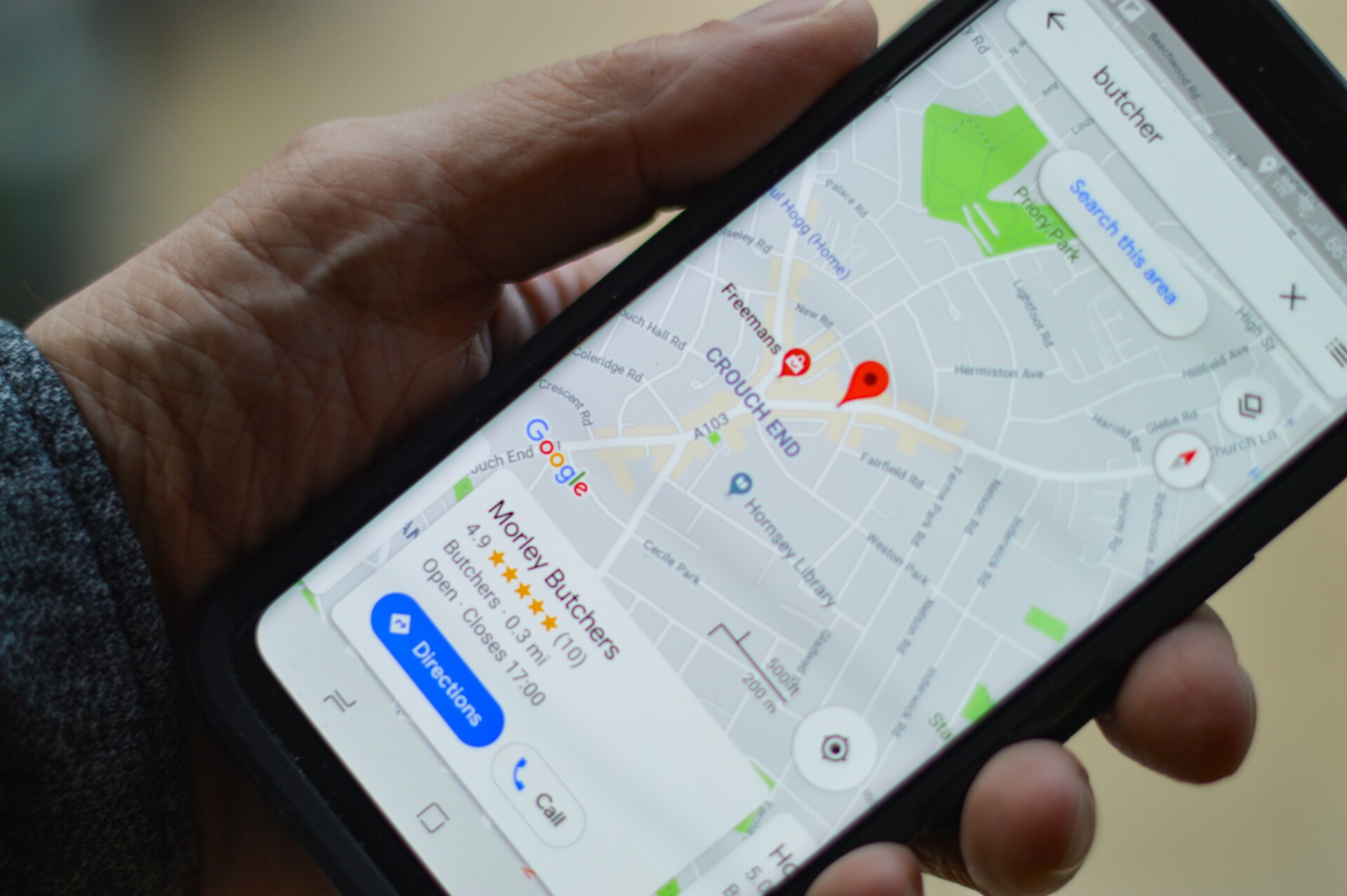Introduction
When it comes to digital marketing, the key is to do something—anything!—and then iterate from there. That's why we've outlined five tips for finding the right channels for your business.
Determine where your customers are spending the most time online.
To get a better idea of where your customers are spending the most time online, you can use the tools provided by Google. These tools allow you to see what type of content is being searched for and popular across different regions and devices. This will give you insight into where your target audience is spending their time on social media, which platforms they prefer and what kind of content they see as valuable. All of this information can help guide your SEO strategy towards the channels that will provide the highest ROI for your business.
Understand your buyer persona
The customer is at the center of your marketing strategy, and it is important to understand who they are. The customer persona is a tool that helps you understand how to connect with your target audience. It's a composite of many customers' personas, focusing on what they have in common rather than their differences.
Understand the content that resonates best with your audience
To get started, you need to understand the content that resonates best with your audience. A good place to start is by understanding what they like and dislike, as well as what they want to learn about, buy and share. You also want to know what conversations they want to have so you can be part of them. Here are some questions you can ask yourself:
- What type of content does my audience like?
- What types of content do I personally write on social media?
- How do I use hashtags when posting? (I suggest using a tool like Hashtagify)
Know how to set up a plan (and stick to it)
It's important to know how to set up a plan and stick to it. That means don't be afraid to change it when necessary, but also don't be afraid of experimenting or failing in the process. If you're not feeling your chosen channel is working for you, consider trying another one instead—after all, if there's something that works better than what you're doing now, why wouldn't you want to try it?
The last thing I want anyone reading this article on digital marketing channels is fear. It's easy enough for me because I've been doing this long enough now; however, if this is your first time venturing into the website design world or starting an online store or blog (or any other type of business), then fear can seem like an overwhelming feeling. That reminds me…
Pay attention to your content calendar.
One way to find the right digital marketing channel for your business is to pay attention to your content calendar. A content calendar is simply a list of all of the content that you plan on creating and publishing over time. A well-organized, updated content calendar can help you keep track of what projects are scheduled, how they’re coming along, and when they should be published.
A good practice is to start with a monthly basis and then expand it out from there if needed. For example: January 2018, February 2018, March 2018…etc. You can also add columns or categories (for example: “Video” or “Blog Post”) so that you know exactly what type of posts these are going to be once released into the wild.
Once you have some data points in place it will become easier for anyone interested in seeing how things like comments per post compare from month-to-month as well as allowing them access without having any prior knowledge about how things were done previously (like say before using Buffer). This will also allow them to see trends such as what types articles work better than others as well as which channels tend towards higher engagement levels across all platforms used (Facebook vs Twitter etc).
Don't just create a digital marketing strategy and put it on autopilot.
Many businesses are content to create a digital marketing strategy and put it on autopilot. They think they're done, but they aren't. It's important to keep an eye on what is working and what isn't, as well as make adjustments along the way. You also need to make sure your messaging is consistent across channels so that you don't confuse your customers or waste their time by having them click through multiple links before finding out what you're selling!
Conclusion
We hope that this blog post gave you some ideas on how to find the right digital channel for you and your business. Remember, it’s not about finding the perfect channel; it’s about finding one that works. You don’t have to use all of these channels, but we encourage you to at least try out a few of them so that you can see what works best for your business!



